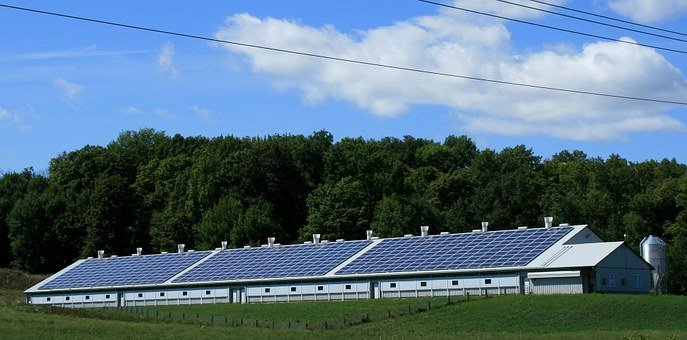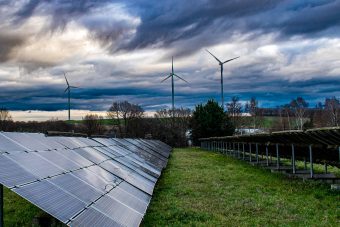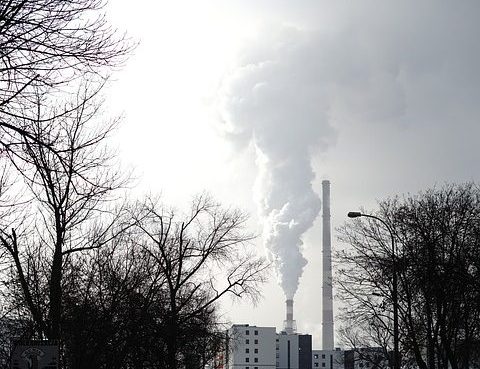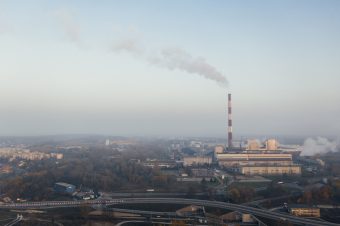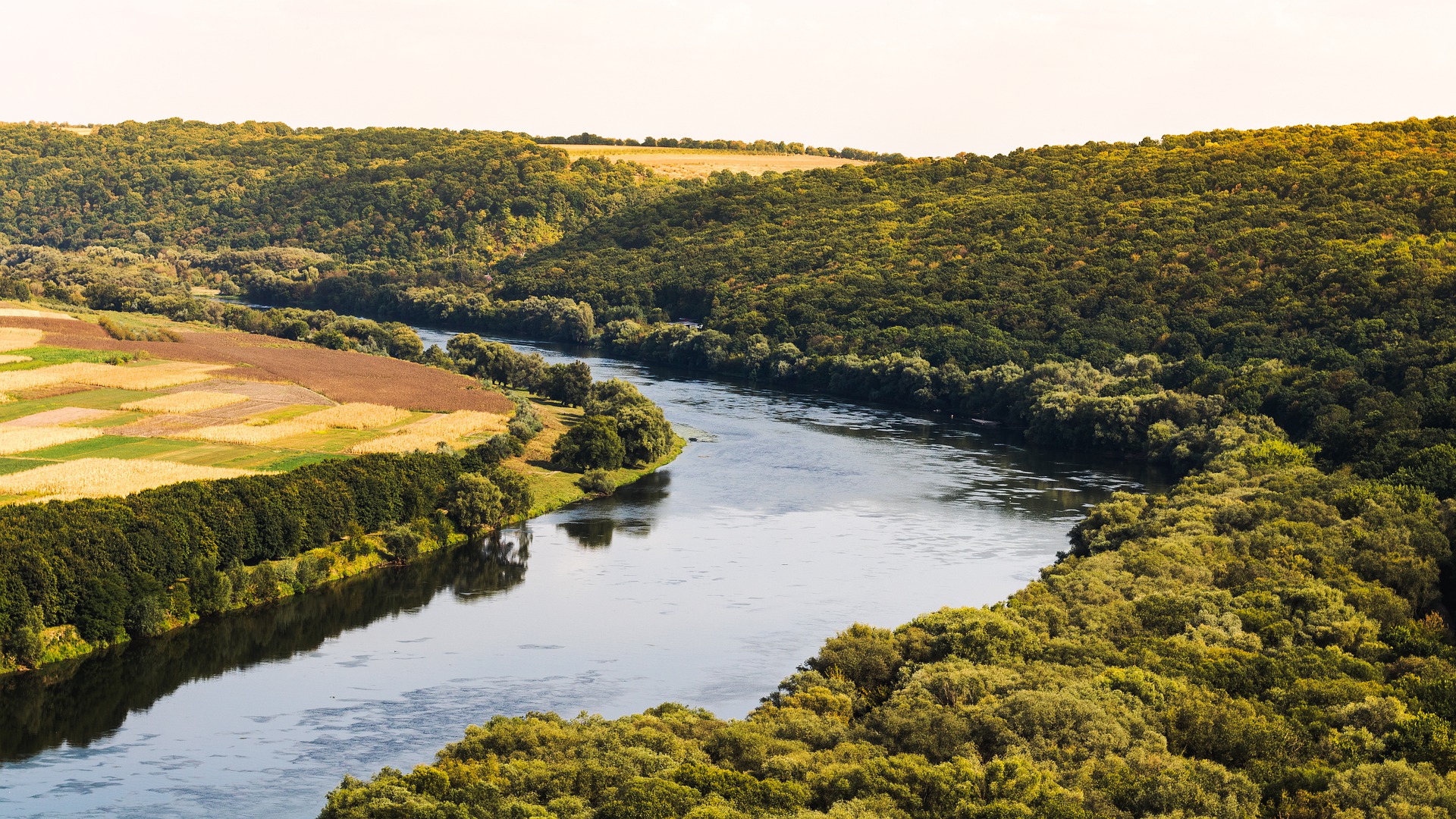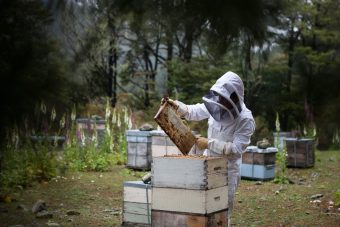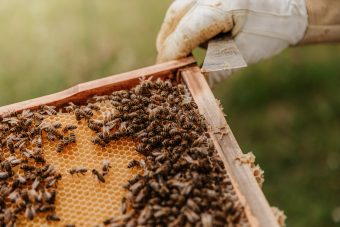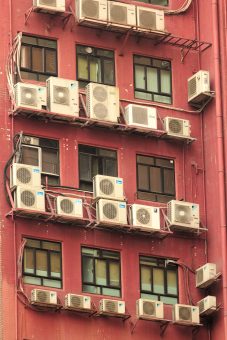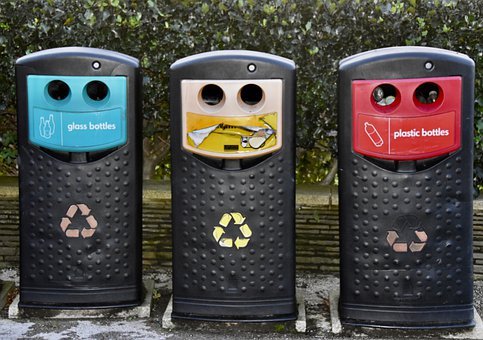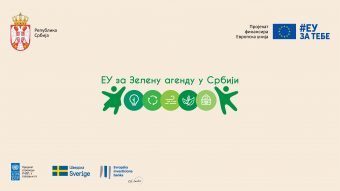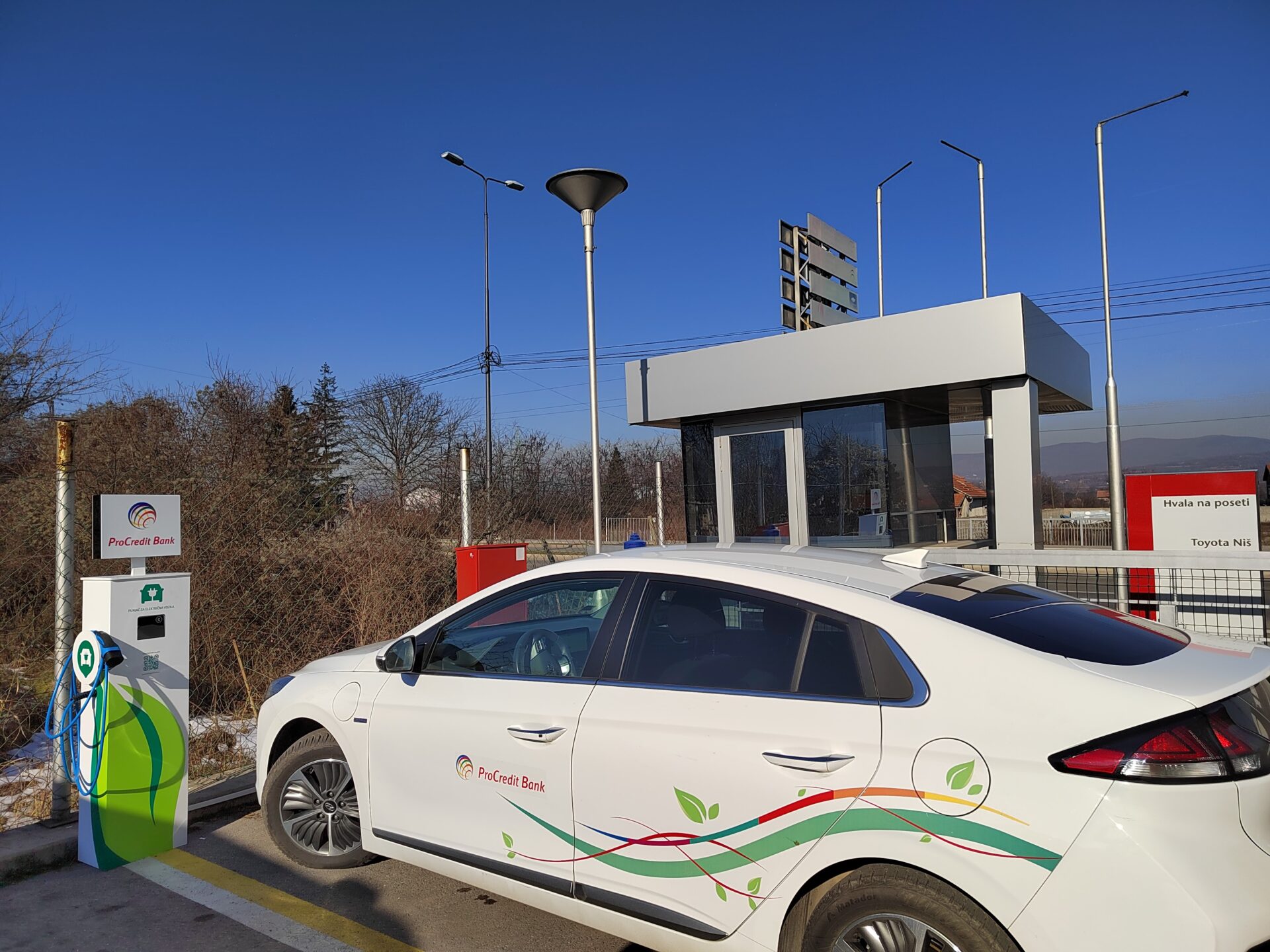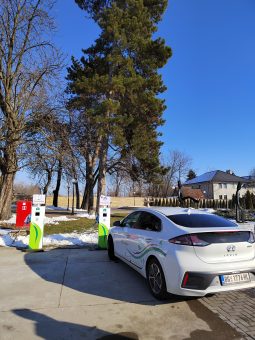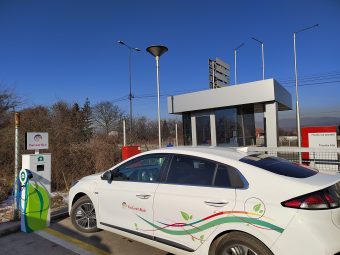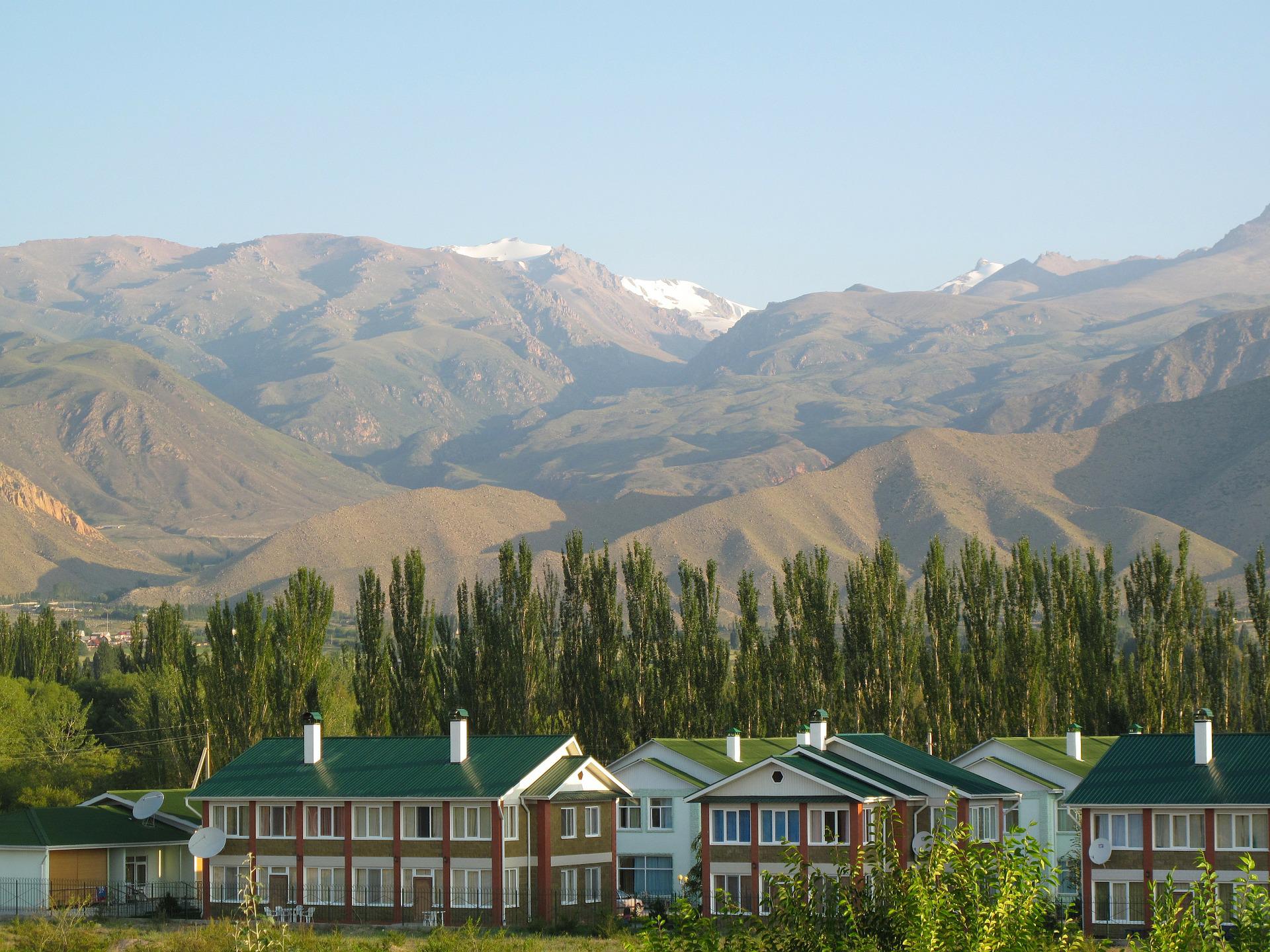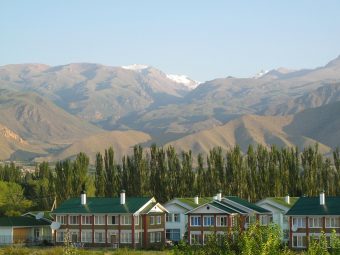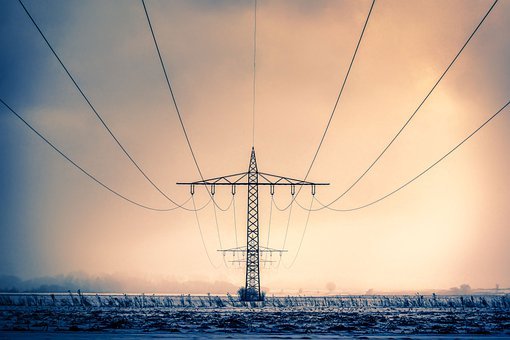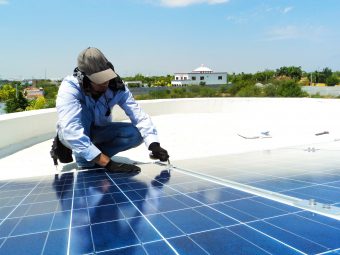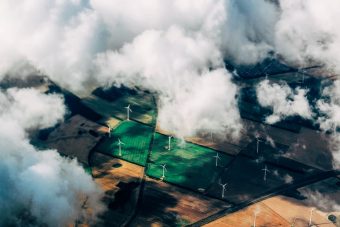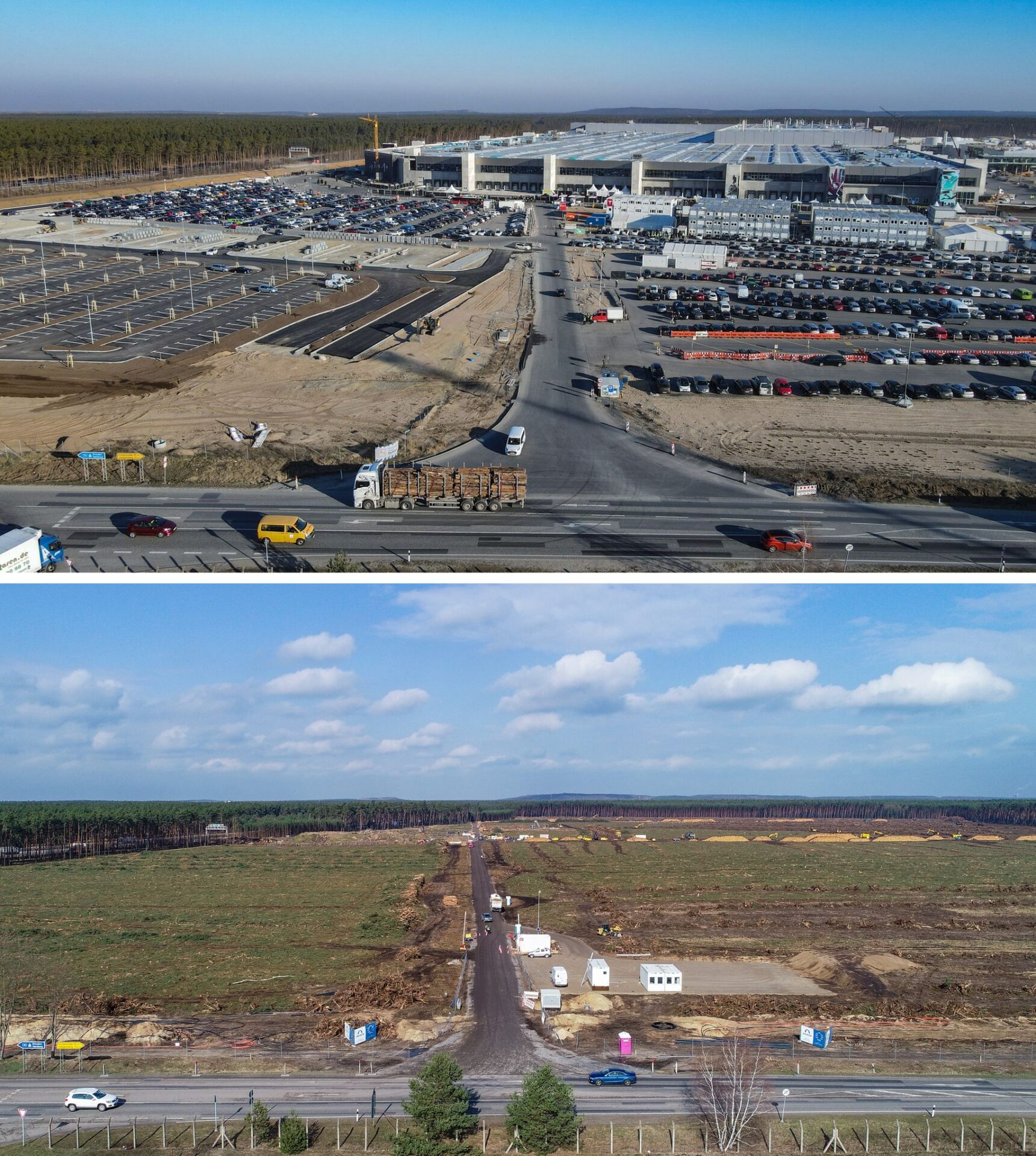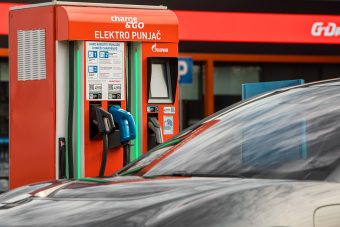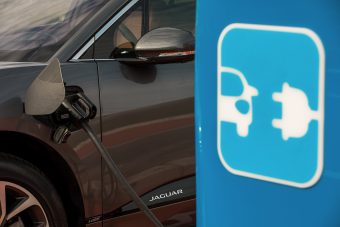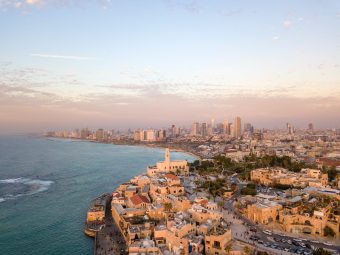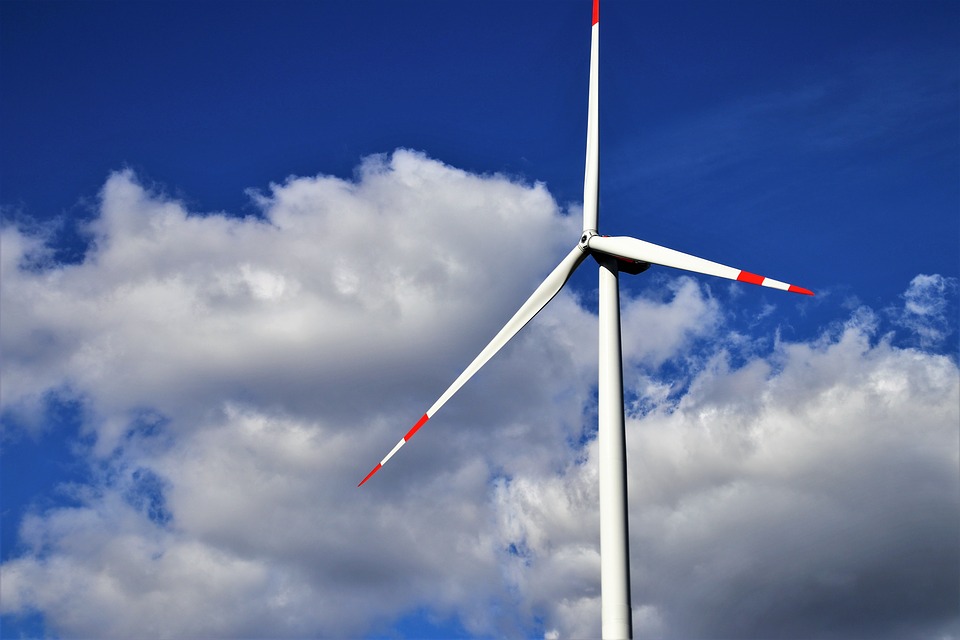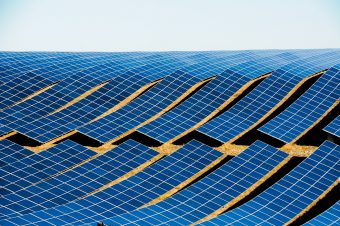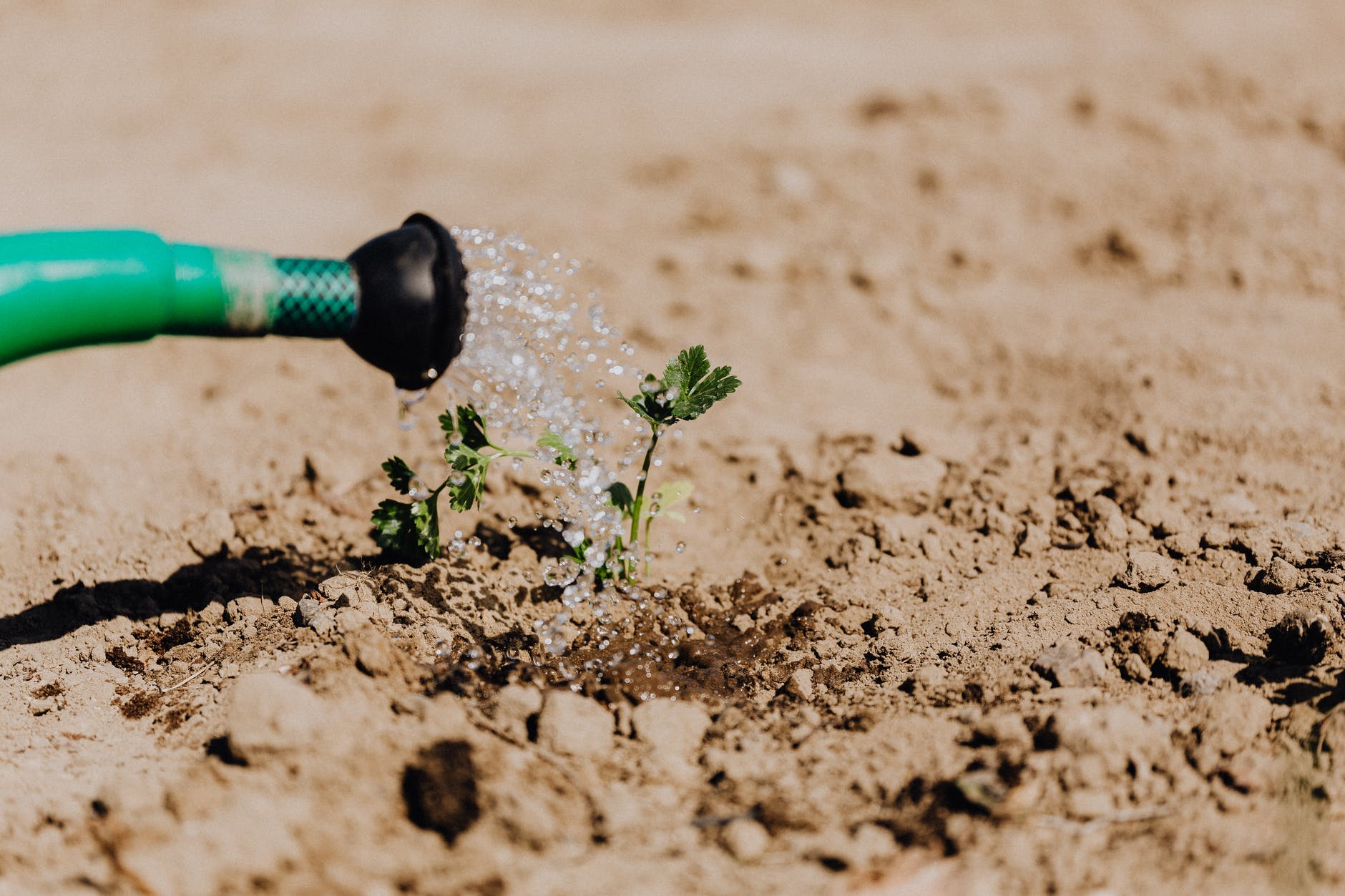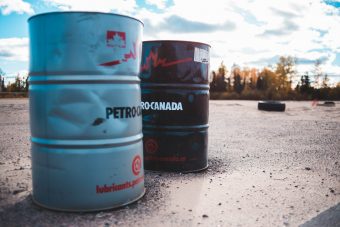
The International Energy Agency’s 31 Member Countries agreed on Friday to a new release of oil from emergency reserves in response to the market turmoil caused by conflict between Russia and Ukraine, underscoring their strong and unified commitment to stabilizing global energy markets.
The agreement was reached at an Extraordinary Meeting of the IEA Governing Board, which was held at the Ministerial level and chaired by US Secretary of Energy Jennifer Granholm.
The details of the new emergency stock release will be made public early next week. The agreement follows the previous action taken by IEA Member Countries, announced last month, to which they pledged a total of 62.7 million barrels.
Ministers expressed their solidarity with the people of Ukraine and their democratically elected government in the face of Russia’s appalling and, as they say, unprovoked violation of Ukraine’s sovereignty and territorial integrity. The Governing Board also encouraged member countries to support Ukraine in the supply of oil products.
The Ministers noted that war in Ukraine continues to put significant strains on global oil markets, resulting in heightened price volatility. This is taking place against a backdrop of commercial inventories that are at their lowest level since 2014 and a limited ability of oil producers to provide additional supply in the short term. Ministers also noted the particular difficulties in diesel markets.
More:
IEA Members hold emergency stockpiles of 1.5 billion barrels. This agreement will be the fifth time that the IEA releases emergency stocks. Previous collective actions were taken in 1991, 2005, 2011 and on 1 March, 2022.
The prospect of large-scale disruptions to Russian oil production is threatening to create a global oil supply shock. Russia plays an outsized role on global energy markets. It is the world’s third largest oil producer and the largest exporter. Its exports of about 5 million barrels a day of crude oil represent roughly 12 per cent of global trade – and its approximately 2.85 million barrels a day of petroleum products represent around 15 per cent of global refined product trade. Around 60 per cent of Russia’s oil exports go to Europe and another 20 per cent to China.

The Governing Board also recommended that governments and consumers maintain and intensify conservation efforts and energy savings. Ministers welcomed the IEA’s 10-Point Plan to Cut Oil Use as a guide for member countries to reduce their oil consumption.
Ministers also discussed Europe’s significant reliance on Russian natural gas, as well as the importance to accelerate global dialogue with gas producing countries including IEA member countries, to ensure secure, affordable and reliable gas supplies, including LNG, and to continue to pursue a well-managed acceleration of clean energy transitions. On 3 March, the IEA Secretariat released a 10-Point to Reduce the European Union’s Reliance on Russian Natural Gas by next winter – and it is working closely with the European Commission on next steps.
The IEA Secretariat will continue to closely monitor global oil and gas markets.
Source: IEA



